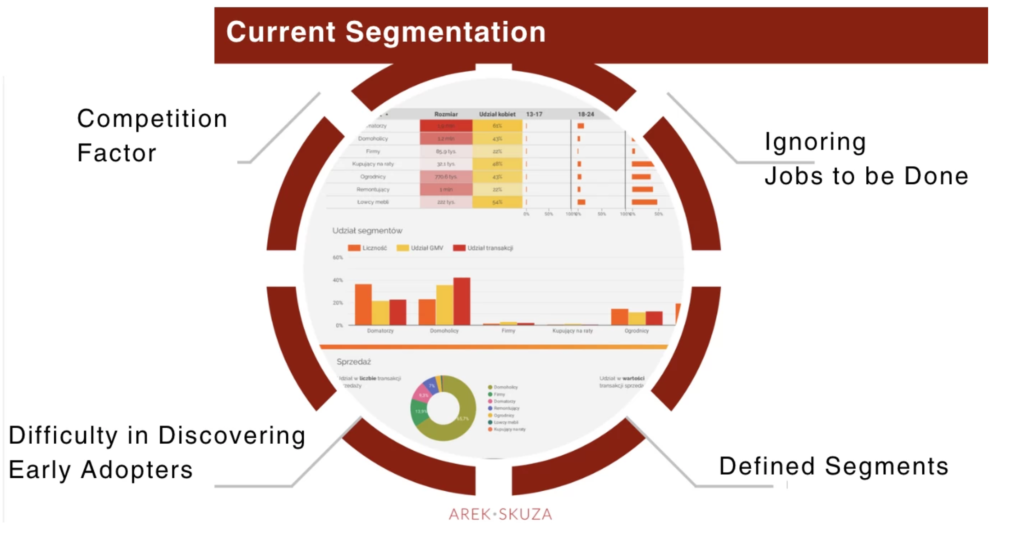Intoduction
In the digital age, businesses are perpetually on the quest to intertwine technology and user experience seamlessly.This case study unfolds the journey of a prominent e-commerce platform through a two-year project, aiming to implement a Machine Learning (ML) powered Visual Search feature, exploring the delicate balance between technological innovation and user-centric design.
Executive Summary

The project was initiated with a vibrant enthusiasm for technology, yet with a cautious acknowledgment that the market, with its unpredictable and diverse user base, always prevails. The primary objective was to scrutinize whether an ML-powered algorithm, specifically Visual Search, could genuinely ameliorate user experience and simplify their daily interactions with the platform.
Methodological Approach
The methodology was meticulously crafted, involving:
- Designing an Introduction Path: A strategy to introduce Visual Search to the market, ensuring continuous user feedback and a structured schedule.
- Experimentation: Selection and sequencing of experimentation methods were pivotal, ensuring each phase was executed with precision and purpose.
- Metrics Development: Formulating metrics to monitor the introduction process of Visual Search and to keep a vigilant eye on experiment outcomes.
Challenges Encountered and Solutions Implemented
1. Knowledge and Familiarity with Lean Experimenting:
The teams exhibited a limited familiarity with Lean Experimenting and its terminology in the business context. The prevalent focus leaned towards focus groups and secondary source studies, such as reports, rather than direct interaction and iteration with clients during the conceptual stage. Solution: A comprehensive training and workshop session were organized for the teams to bridge the knowledge gap regarding Lean Experimenting and its practical application in the project.
2. Client Interaction and Iteration:
The iteration with clients was not initially planned and only surfaced in the pre-release phase, serving more as a technology verifier rather than a business hypothesis verifier. Solution: The project team adapted their approach by incorporating a “Comprehension Test” and “Customer Interviews” to gather direct feedback and insights from end-users, ensuring that the technology was being developed and refined based on actual user needs and expectations.
3. Timely Involvement of Front-Line Teams:
The incorporation of front-line teams, those with close client interaction and insights, was delayed, limiting the potential for early, insightful input. Solution: The project management framework was revised to involve front-line teams from the inception of the project, ensuring that insights and feedback from those closest to the clients were integrated into the development process from the outset.
Insights and Recommendations
Segmenting and Understanding Users:
The project underscored the paramount importance of user segmentation for experiments, particularly focusing on “Jobs To Be Done” and addressing user “Pains”. The existing segmentation, while defining known behaviors, did not fully encapsulate the varied behaviors and expectations users had regarding Visual Search.

Early Adopters as Pioneers:
The introduction of new functionality should ideally be navigated through early adopters, whose preferences might diverge from the averaged tastes of defined segments. This approach necessitates a thorough exploration and understanding of early adopters’ preferences and motivations to ensure market-fit and user acceptance.
Conclusion
The project, while navigating through a myriad of challenges, illuminated the path forward with valuable insights. The affirmative answer to whether Visual Search could enhance user experience was juxtaposed with the realization of existing barriers within organizational processes and methodologies. The journey, albeit with its hurdles, charted a course towards understanding why the implementation was not feasible at the present moment and what steps could be taken to transition it from impossibility to reality. In the realm of technological advancements, the market, with its multifaceted and diverse user base, invariably dictates the success of a product. This case study not only underscores the significance of user-centric design and implementation but also highlights the necessity of intertwining technological advancements with a profound understanding of user behavior, needs, and expectations.
